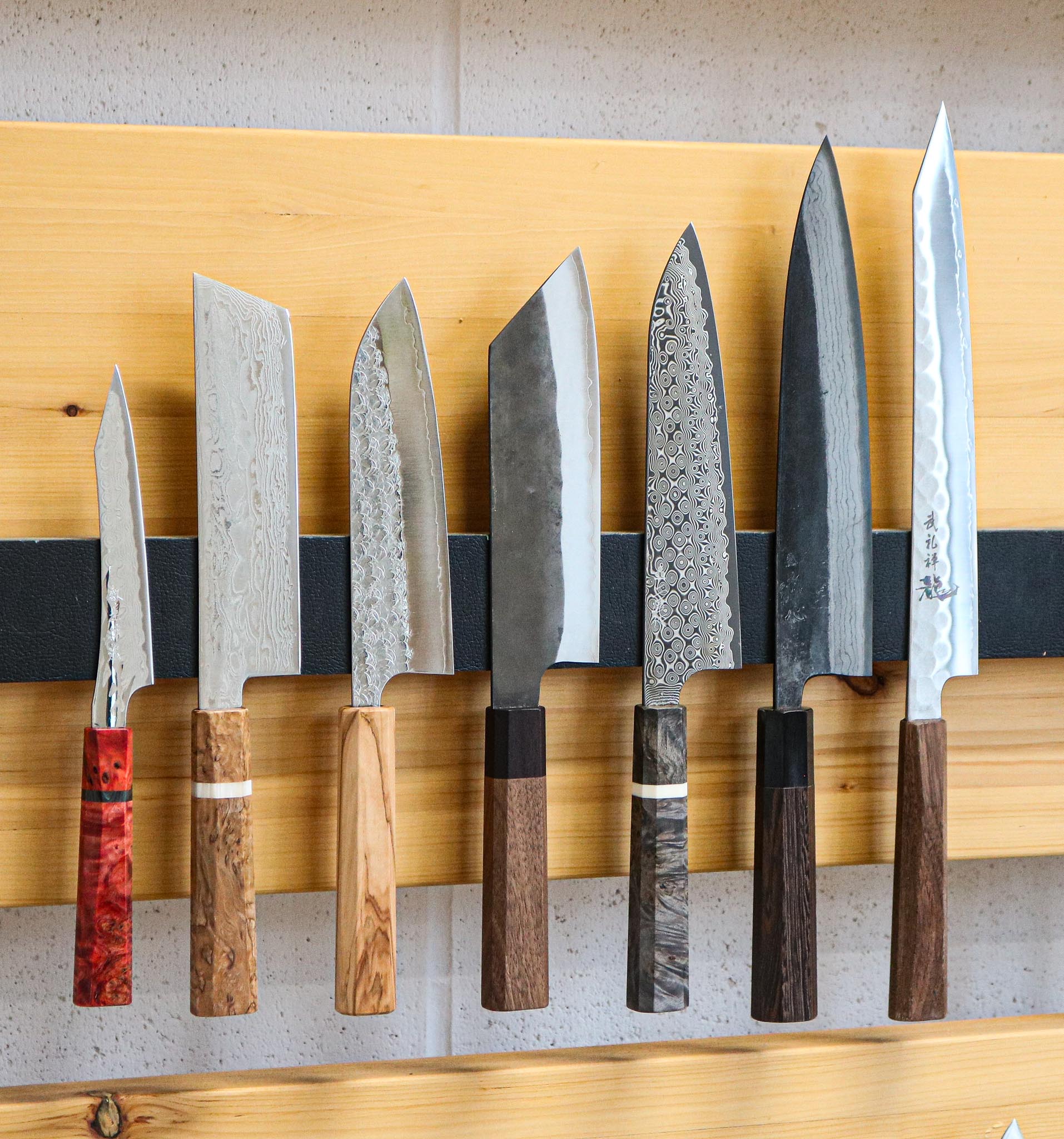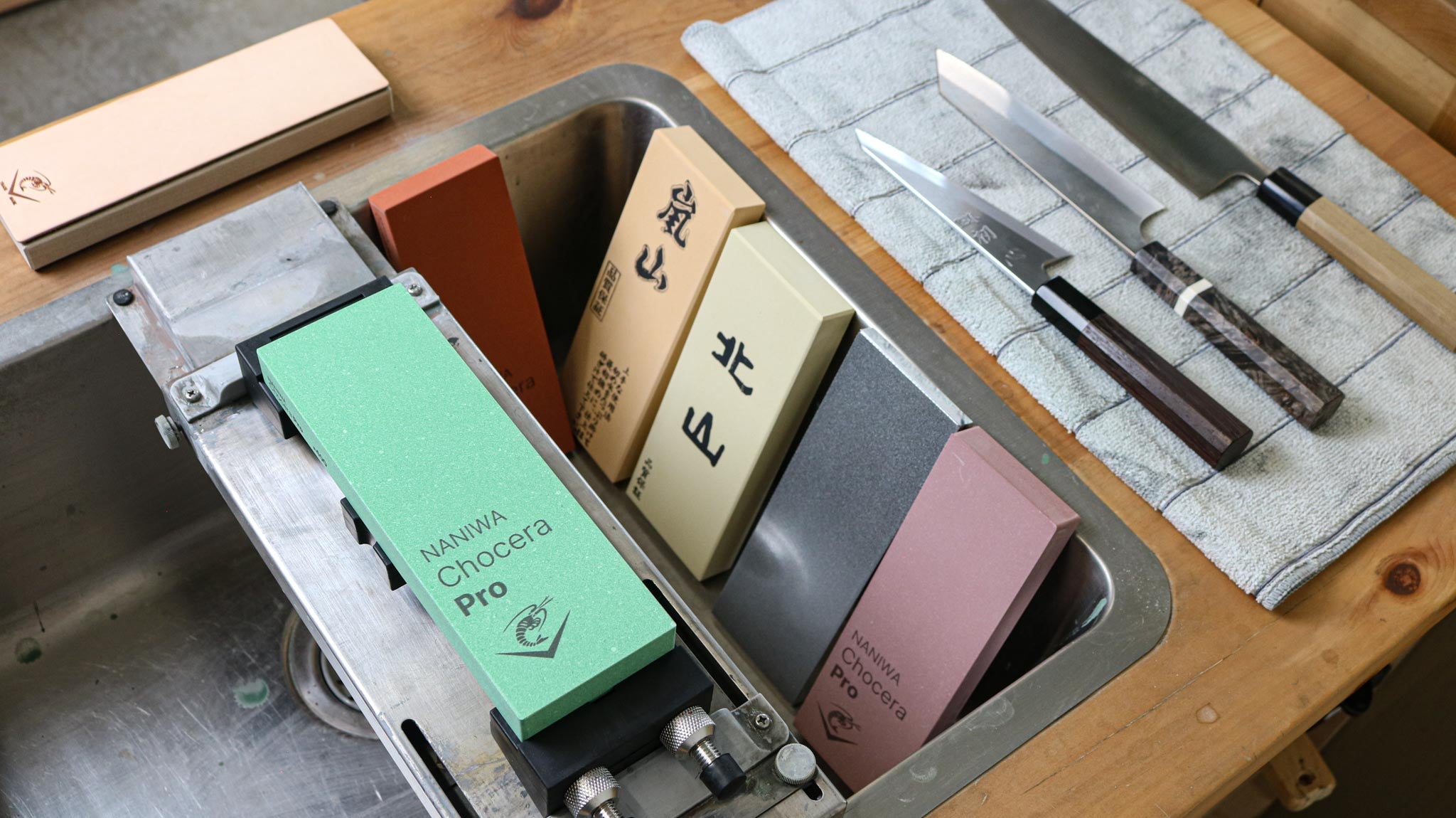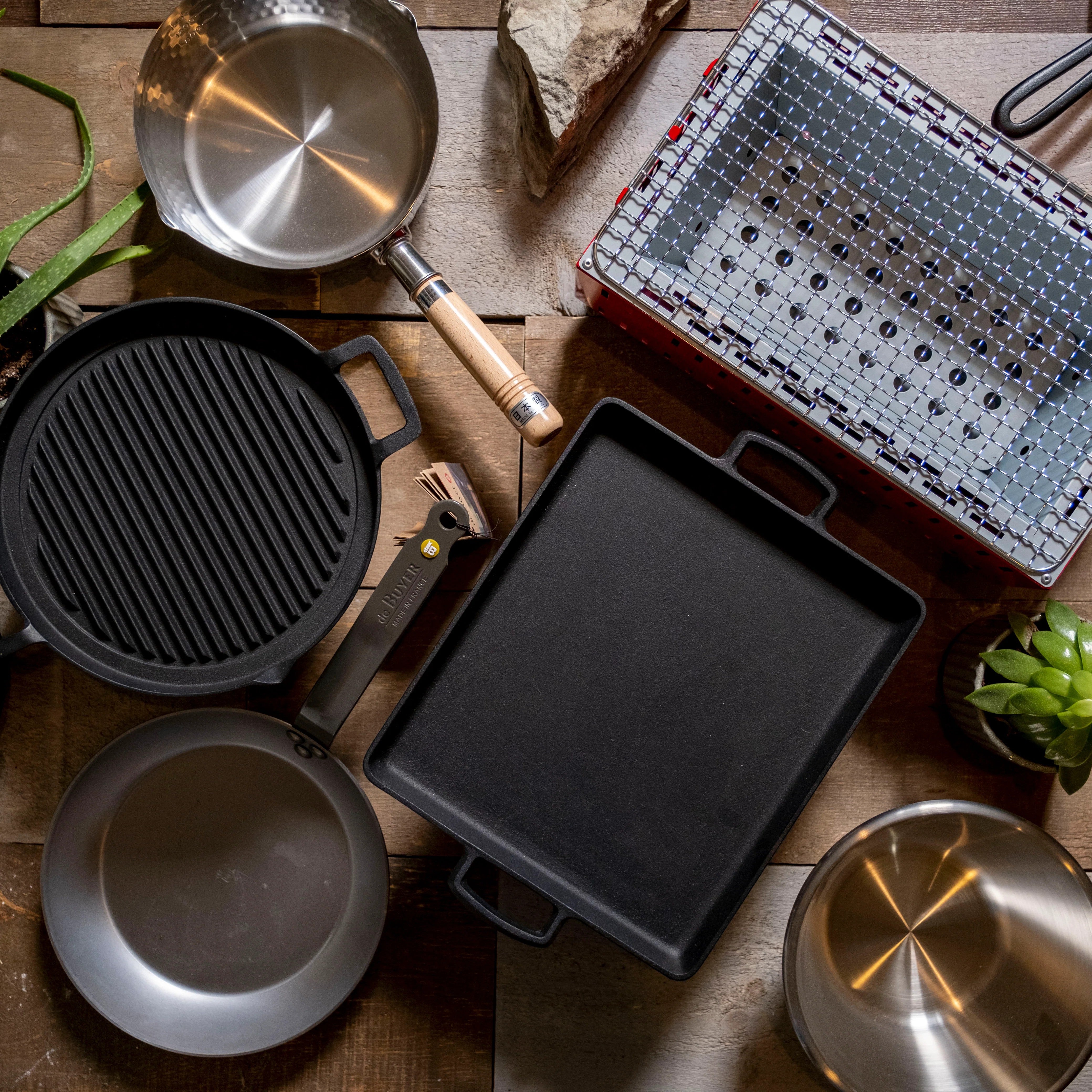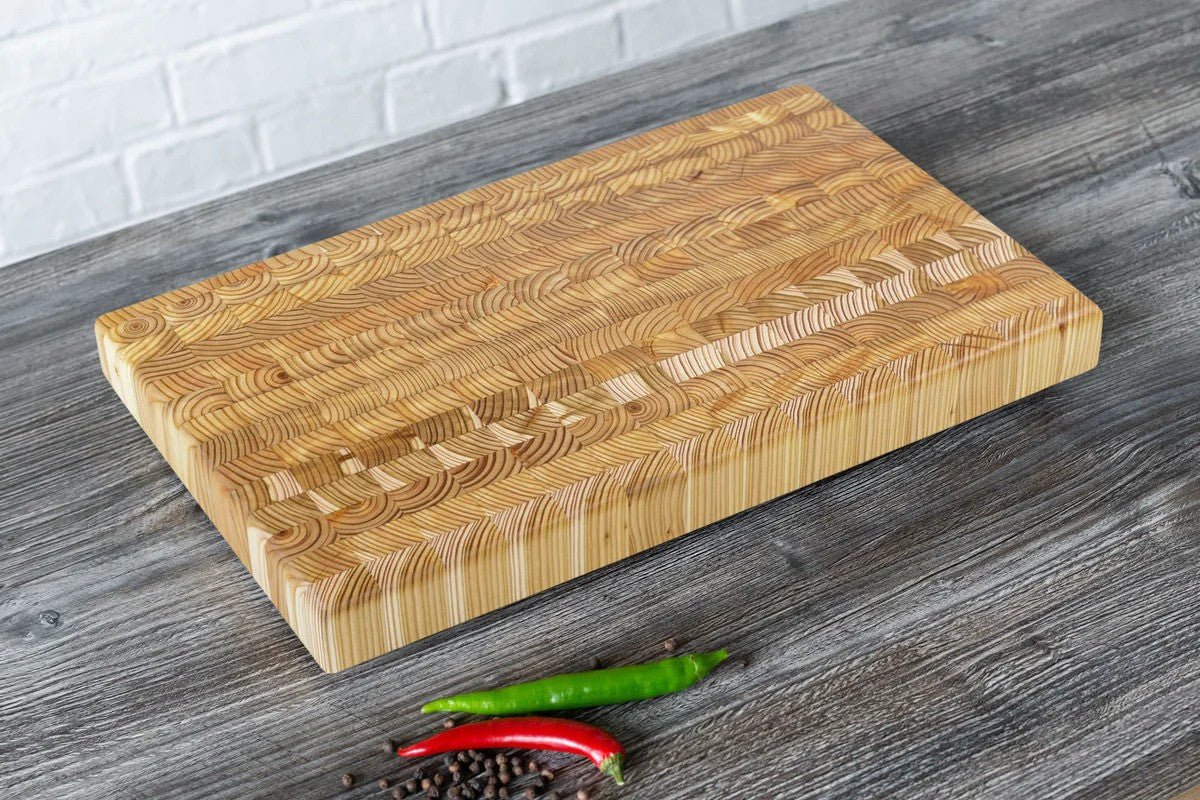Menu

How to Choose a Knife
You're interested in purchasing your first Japanese knife but have no idea where to start. Answer the questions below and you'll have a better understanding of what knife will be best for you.
What do you like to cook most?
Think for a moment about the food you find yourself cooking most. If you’re a vegetarian and find yourself chopping a lot of vegetables, you should consider a Nakiri as its designed specifically to do just that. Maybe you’re on the other end of the spectrum and find yourself cooking a lot of meat, in that case a Gyuto may be the best option; Still capable of cutting up vegetables but much better at slicing than a Nakiri. If you’d like a detailed description of some of the most commonly used styles of Japanese knives check out our previous article here.
What size is your kitchen?
The size of your kitchen has a large impact on the size of knife you should consider. If you have a large kitchen that can accommodate a large cutting board, it’s perfectly acceptable to have a large gyuto if that’s what you want. If you have limited space and a small board then consider something smaller like a santoku. This of course applies to professional kitchens as well. Having the biggest knife isn’t always the best or most efficient choice; you’ll find something appropriately sized for the space you have will help you work faster, cleaner and more efficiently.
Maintenance
Some of the knives on the site are made from Carbon steels; Aogomi (blue) and Shirogami (white) steel. These steels are reactive to water and acid and are a bit more demanding with regards to their maintenance. They need to be kept clean and dry or they will tarnish and develop rust. Some ingredients like onions, tomatoes and ginger can tarnish the blade in minutes if left in contact with the knife and it should be wiped down immediately after cutting. Caring for them is easy though and simply having a damp cloth next to your station so you can diligently wipe your knife down is all you need. Additionally, if the knife does develop any rust it can easily removed using what's called a rust eraser. Simply rub the eraser over the blade to remove any rust from the knife like pencil from a piece of paper.
If the care involved in owning a Carbon steel blade doesn't sound ideal to you go with a Stainless steel. Modern steel makers have developed great stainless steels that can stay sharp for a very long time and won't rust or turn colours if left dirty or wet for an extended period of time. We would still recommend keeping these knives dry and clean, but they won't punish you for not doing so like a knife made from carbon steel would.
What you’re willing to spend?
One of the most common questions I get in the store is “what is the difference between a $500 knife and a $100 knife?” This discrepancy in price is largely to do with the size of the knife, the steel used, the experience of the person making it, the handle and the overall fit and finish of the knife. Like most things in this world you get what you pay for when purchasing a knife. Of course a 120 mm petty knife will almost always be less expensive than a 210 mm Gyuto due to the amount of steel needed to make the knife but there are many things that come into play. We take a lot of pride in the knives we sell so you can rest assured every knife on the site performs beautifully but the more you spend typically the better performance you'll see. Certain finishes are more expensive to produce as well. Highly polished blades, Damascus steels and hammered (tsuchime) finishes require more labour and thus cost the consumer more.
As always you can contact us anytime if you have any questions as well :) info@sharphamilton.ca
- Choosing a selection results in a full page refresh.






